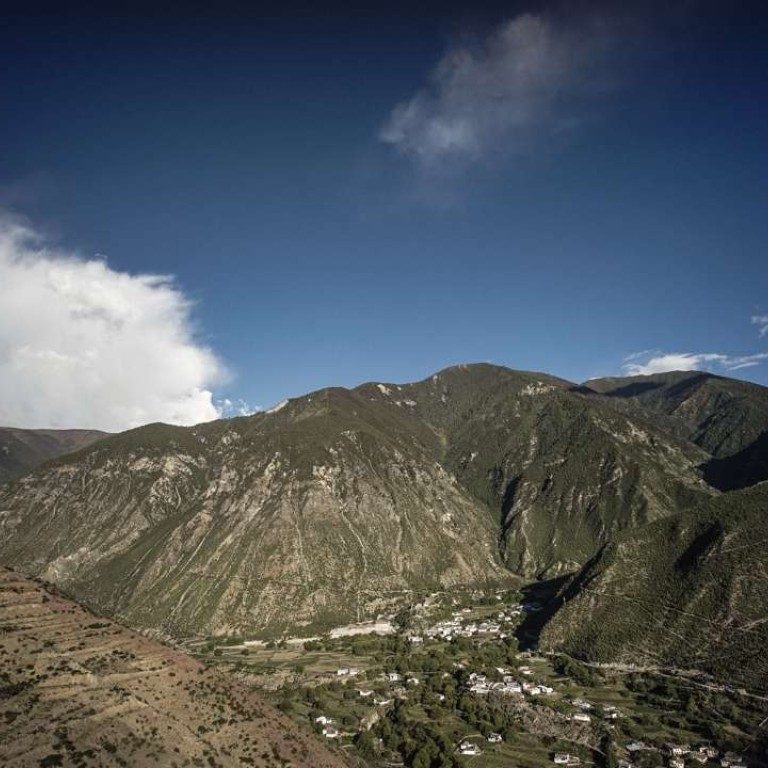
High hopes for €300 Sacred Cloud red wine from China’s Yunnan highlands
Moet Hennessy team producing Ao Yun cabernet blend in one of the remotest parts of the country with help of Tibetan farmers aims to deliver the greatest wine in China and make it world-class
In a function room at the Hong Kong Convention and Exhibition Centre, Jean-Guillaume Prats, president of Moët Hennessy Estates & Wines, presents a dramatic video of swirling white clouds over snow-capped mountains, long-haired yaks, old women in colourful dress, and terraced hills.
These images set the scene for the launch of Ao Yun, translated as “sacred cloud”, the company’s first foray into making wine from scratch in Deqin county, in northern Yunnan province bordering Tibet and Myanmar.
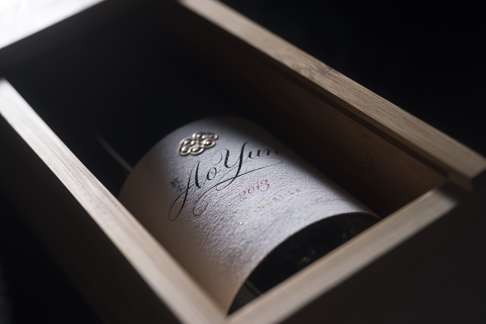
While Moët Hennessy has produced a sparkling wine in Ningxia, below the Gobi Desert in northern China, the company’s CEO, Christophe Navarre, felt it was time to try to make a red wine, and sent Australian wine scientist, consultant and winemaker Tony Jordan on a three-year journey around China to find the perfect spot.
That location turned out to be up an unpaved road a 4½-hour drive from Kunming, the capital of Yunnan province in the country’s southwest, where there are four Tibetan villages, an hour away from each other, at altitudes above 2,200 metres. The climate is very dry, it doesn’t get cold enough in winter for snow, and there aren’t many insects.
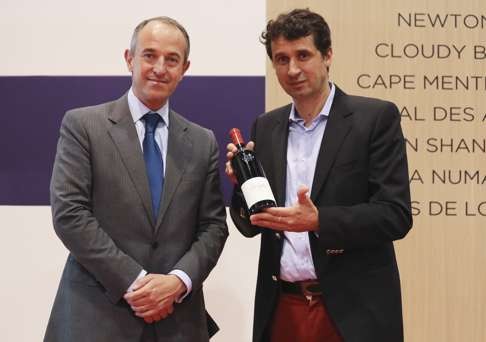
“It is the dream of any winemaker to participate in a project like this. There have been a lot of complications, but there is a lot of room for creativity and culture,” says Dulou.
The area is so remote that Prats talks about the challenges of getting equipment, people and barrels there. “When there is a problem we either have to repair it ourselves or find a solution, or wait 15 days for a repairman. So we decided to make do with less machinery.”
Therefore, Ao Yun is made using basic winemaking techniques. “I used to be obsessed with modern winemaking, trying to be as precise as possible. But here Maxence uses basic tools and depends more on the quality of the fruit,” says Prats.
Twelve years ago the local government planted vines from Shandong in the area, hoping to create new economic opportunities, but perhaps due to inexperience and lack of knowledge in looking after them, not much came of it.
About four years ago, Moët Hennessy leased 28 hectares of land from the four villages for 30 years, and Dulou manages the project by coordinating with each of the village chiefs, explaining exactly what the farmers need to do.
“They are excellent farmers and they do the weeding and topping by hand. The Tibetan farmers only speak Tibetan, so we speak English, Chinese and Tibetan. We are all learning,” Dulou says with a smile.
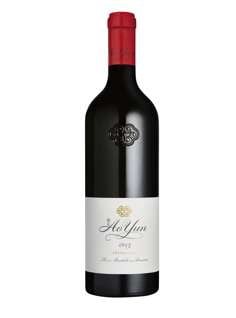
Dulou adds that the wine meets European organic standards, but doesn’t have certification. He says it is important to respect the farming practices of the farmers there.
“We are doing a simple operation to preserve the terroir. We use small tanks and put the wines in earthen jars. We don’t want too much oak, and do fermentation in 500-litre and 1,000-litre jars for about 12 months and then in new barrels for another 12 months. The wines are stored in Adong, one of the four villages, which is at the highest elevation at 2,600 metres.”
Prats likens the Ao Yun project to the first vintage of Australia’s Penfolds Grange Hermitage (now known just as Penfolds Grange) in 1951, which was made from scratch.
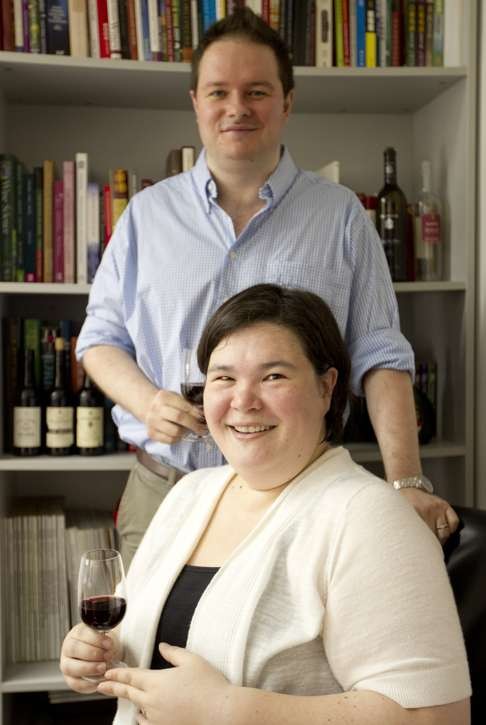
And how is the wine, made of 90 per cent cabernet sauvignon and 10 per cent cabernet franc? The 2013 Ao Yun vintage is a dark, rich-looking wine that Dulou says has a high level of tannins and acidity that make it balanced. “The grapes from this terroir have a silky texture from the beginning.”
Fongyee Walker, a wine consultant and educator based in Beijing who tasted the wine at Vinexpo, says Ao Yun has promise, adding that it’s better suited for English and American markets as those drinkers prefer high acidity and sharpness, and that it is a wine that is best consumed with food. “It’s a lovely wine for China, with classic fruitiness and bright and lively fruit.”
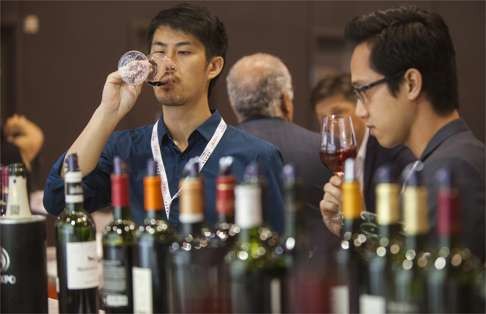
When asked about the price, Prats is coy. “It’s difficult to determine the price mostly because it is costly to produce the wine. Originally we were going to sell it in the domestic market, but now we are selling it worldwide so it deserves a premium price.”
With only 24,000 bottles produced, the price tag for Ao Yun is a hefty €300 (HK$2,600) a bottle. Lu says that is on the high side. The price “echoes not only the cost going to make this wine, but also the ambition the LVMH group has for the project … The key thing for Jean-Guillaume [Prats] will be how to improve it each year and make it not only high quality, but world class.”
Prats says there are collectors keen on having a premium China-made wine such as Ao Yun in their cellars.
While the Tibetan farmers haven’t accepted the taste of the wine, preferring their own barley wine that tastes similar to sake, Moët Hennessy is keen to remain in China. “Maxence still faces problems, but the company supports him and has a long-term vision,” says Prats. “We did this in Argentina, Brazil, Australia and India. We want to establish ourselves as producing the greatest wine in China. We are happy to be part of this adventure.”

